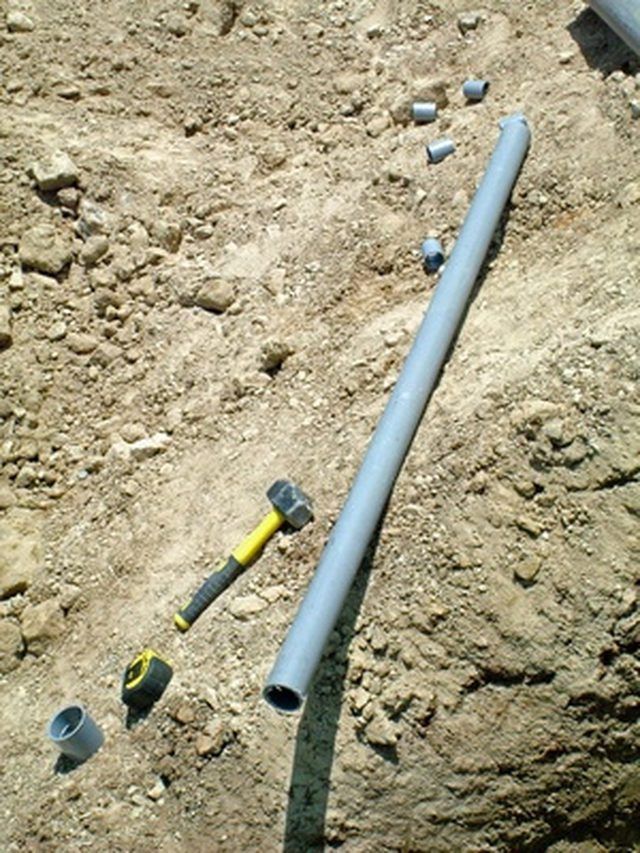Bulbs
Flower Basics
Flower Beds & Specialty Gardens
Flower Garden
Garden Furniture
Garden Gnomes
Garden Seeds
Garden Sheds
Garden Statues
Garden Tools & Supplies
Gardening Basics
Green & Organic
Groundcovers & Vines
Growing Annuals
Growing Basil
Growing Beans
Growing Berries
Growing Blueberries
Growing Cactus
Growing Corn
Growing Cotton
Growing Edibles
Growing Flowers
Growing Garlic
Growing Grapes
Growing Grass
Growing Herbs
Growing Jasmine
Growing Mint
Growing Mushrooms
Orchids
Growing Peanuts
Growing Perennials
Growing Plants
Growing Rosemary
Growing Roses
Growing Strawberries
Growing Sunflowers
Growing Thyme
Growing Tomatoes
Growing Tulips
Growing Vegetables
Herb Basics
Herb Garden
Indoor Growing
Landscaping Basics
Landscaping Patios
Landscaping Plants
Landscaping Shrubs
Landscaping Trees
Landscaping Walks & Pathways
Lawn Basics
Lawn Maintenance
Lawn Mowers
Lawn Ornaments
Lawn Planting
Lawn Tools
Outdoor Growing
Overall Landscape Planning
Pests, Weeds & Problems
Plant Basics
Rock Garden
Rose Garden
Shrubs
Soil
Specialty Gardens
Trees
Vegetable Garden
Yard Maintenance
Sand Vs. Gravel to Backfill French Drains
Sand Vs. Gravel to Backfill French Drains. A French drain is also known as a sub-drain, a perforated pipe designed to pull excessive water from soil and away from areas such as house foundations. Installing a French drain prevents ground water saturation. Although sand will work for back-filling a French drain, it is not as good a choice as gravel.

A French drain is also known as a sub-drain, a perforated pipe designed to pull excessive water from soil and away from areas such as house foundations. Installing a French drain prevents ground water saturation. Although sand will work for back-filling a French drain, it is not as good a choice as gravel.
Trench Preparation
Prior to placing the perforated pipe into the trench, line it with geo-textile filter fabric. Cover the perforated pipe with a filter sock, then place it in the trench on top of the filter fabric.
Backfill Gravel
The first back-fill should be washed, crushed rock or gravel that is 3/4 to 1 1/2 inch in diameter. Continue to fill the trench until a 12-inch depth remains from the rock up to the top of the trench. Overlap the filter fabric on top of the gravel. The remainder of the trench is then filled with the soil that was dug out when forming the trench.
Sand
The purpose of a French drain is to form a wick effect that will pull moisture from the surrounding soil and let it drain away from the area. Sand compacts and retains moisture, therefore it does not drain as well as gravel. Although sand is not the best choice for back-filling a French drain, it does work well for some other types of drainage systems.